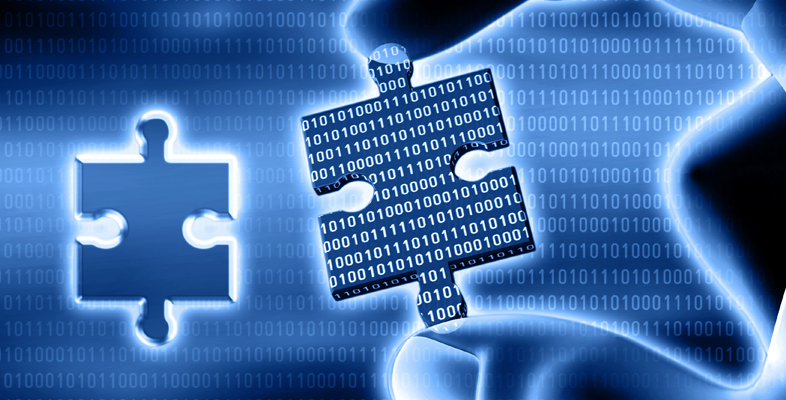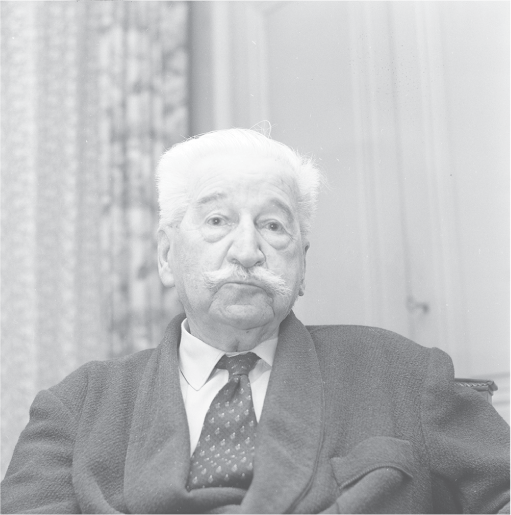2.2.1 Pioneers of forensic science
Modern forensic science has its roots in the work of several 19th century pioneers. Some of the ‘fathers’ of forensic science include:
Alphonse Bertillon (1853–1914) was a French police officer and a biometrics researcher who created the first scientific system used by police to identify criminals based on physical measurements, including the invention of the police ‘mug shot’. His technique of anthropometry cannot actually uniquely identify a person and is no longer used.
Bertillon also wrote a famous paper, ‘Les empreintes digitales’ (1912) on the uniqueness of 16 ridge points on fingerprints to identify people. In 1999 the paper was found to have contained altered images and fingerprints are now considered as opinion evidence, not proof a person was there. This finding was recently reported by Miller (2013) in his law blog [Tip: hold Ctrl and click a link to open it in a new tab. (Hide tip)] .
August Vollmer (1876–1955) was the chief of police in Berkeley in 1909 and the lead figure in the development of the field of criminal justice in the USA. He pioneered the system of fingerprinting and handwriting evidence, the use of polygraph and the application of forensic science to investigations.
Dr Edmund Locard (1877–1966) was a French criminalist who wrote several pieces with his most famous, Traite de criminastique (Treaty of Criminalistics), in the 1920s postulating that microscopic examination of clothing and other physical evidence could reveal information about the history of the wearer. He is best known for Locard’s Exchange Principle which can be summarised as ‘every contact leaves a trace’
Locard’s Exchange Principle states: ‘Wherever two surfaces come into contact, a transfer of minutiae, however slight, occurs.’ Kirk described this as follows:
Wherever he steps, whatever he touches, whatever he leaves – even unconsciously – will serve as silent evidence against him. Not only his fingerprints and his shoeprints, but also his hair, the fibers from his clothes, the glass he breaks, the tool mark he leaves, the paint he scratches, the blood or semen he deposits or collects – all these and more bear mute witness against him. This is evidence that does not forget. It is not confused by the excitement of the moment. It is not absent because human witnesses are. It is factual evidence. Physical evidence cannot be wrong; it cannot perjure itself; it cannot be wholly absent. Only in its interpretation can there be error. Only human failure to find, study, and understand it can diminish its value.
Silent Witness (1996–), which takes its name from Locard’s Exchange Principle, is one of many recent TV series to include forensics as a major plot element. Although professionals usually advise the script writers, the portrayal of forensics in these series is often adjusted for dramatic effect and gives the general public a distorted view of the field (cf. The CSI effect).
Locard’s Exchange Principle is really about physical evidence and the question arises as to how far his ideas apply to digital evidence where concepts of touch and contact may require some reinterpretation.
Activity 5
Based on your current understanding of the various types of digital evidence, how far do you think Locard’s Exchange Principle can be made to apply?
Discussion
No matter what your level of technical sophistication, you will probably realise that most events involving a computer leave some trace of the behaviour. A log of every action is recorded somewhere, whether the action is email passing through, the act of logging into a computer or visiting a web page. The more difficult thing to verify is who committed a given act, since the use of a password does not guarantee that the password holder is the person typing it.

